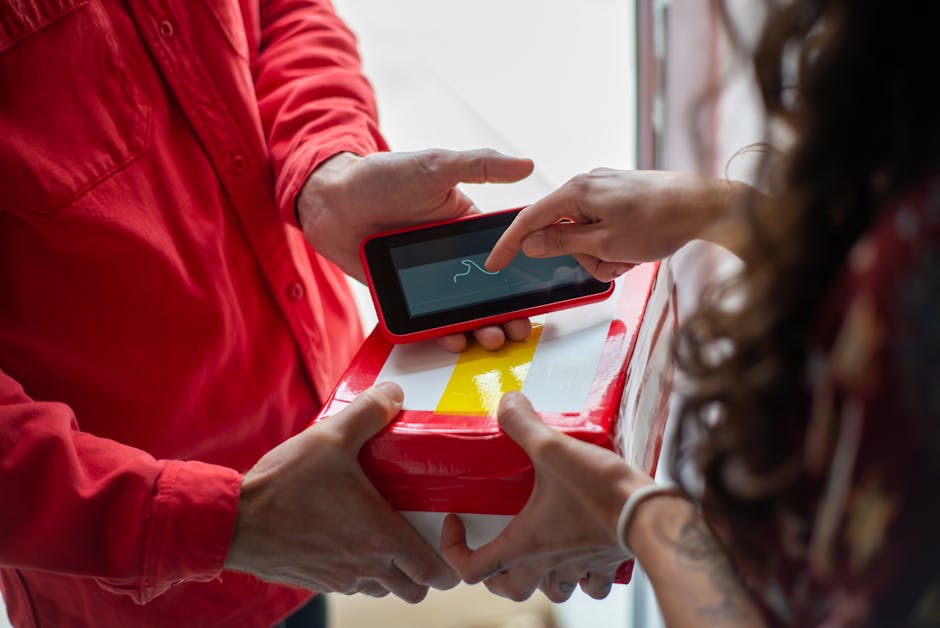Understanding Demand Forecasting in Logistics
Did you know that 25% of business leaders say they struggle with accurate demand forecasting? This challenge can lead to excess inventory or, worse, stockouts. In logistics, getting demand forecasting right is crucial. It helps businesses maintain the right stock levels, meet customer needs, and save money.
What is Demand Forecasting?

Demand forecasting is the process of predicting future customer demand for products. Think of it like prepping for a party. If you know how many guests are coming, you can buy the right amount of food and drinks. Too little, and guests leave hungry. Too much, and you waste money. In logistics, this prediction helps companies stock their warehouses appropriately.
Why is Demand Forecasting Important?

Accurate demand forecasting impacts several key areas:
- Inventory Management: Knowing demand helps avoid overstocking or running out of items.
- Cost Efficiency: Companies can save money by not having excess stock that takes up space.
- Improved Customer Satisfaction: Meeting customer demand leads to happier customers and repeat business.
In a world where 80% of consumers expect same-day delivery, accurate forecasting is more important than ever.
How is Demand Forecasting Done?

There are a few common methods for demand forecasting. Lets break them down:
1. Qualitative Methods
These methods rely on expert opinions and market research. For example, companies might survey customers to understand their buying habits. Think of it like asking friends what snacks they want at your party.
2. Quantitative Methods
Quantitative methods use past sales data to predict future demand. This can include:
- Time Series Analysis: This looks at data points over time. It identifies patterns or trends, like seasonal sales spikes during holidays.
- Causal Models: These models consider factors affecting demand, like price changes or marketing campaigns.
For example, if you notice that ice cream sales soar in summer, you can forecast higher demand as the weather warms up.
What Tools Can Help with Demand Forecasting?

Many tools make demand forecasting easier and more accurate. Here are some popular options:
- Excel: A common tool for small businesses. It allows users to create simple forecasts with built-in functions.
- Forecasting Software: Programs like SAP Integrated Business Planning or Oracle Demand Management provide advanced analytics.
- AI and Machine Learning: These technologies analyze large data sets quickly to find patterns that humans might miss.
Using the right tools can enhance accuracy and efficiency. Just like using a blender can make smoothie-making easier!
What are the Challenges of Demand Forecasting?
No system is perfect. Demand forecasting comes with a few challenges:
- Data Quality: Poor data leads to inaccurate forecasts. Companies need reliable data sources.
- Market Changes: Sudden shifts, like a new competitor or a global crisis, can disrupt demand patterns.
- Human Factors: Biases and assumptions can influence forecasts. Teams need to stay objective.
Addressing these challenges requires ongoing efforts and adjustments. It’s like training for a marathon; you need to adapt your strategy based on your progress.
How Do Seasonality and Trends Affect Demand Forecasting?
Seasonality refers to changes in demand during specific times of the year. For example, retailers see spikes in sales during the holidays. Understanding these patterns helps businesses plan better.
Trends are longer-term movements in consumer behavior. For instance, the rise of online shopping has changed how companies approach logistics. Companies that recognize and adapt to these trends can stay ahead of the competition.
How to Improve Demand Forecasting?
Improving demand forecasting takes time and effort. Here are some tips:
- Gather Quality Data: Invest in reliable data collection methods.
- Involve Stakeholders: Include input from sales, marketing, and supply chain teams.
- Regularly Review Forecasts: Adjust forecasts based on new data and changing conditions.
By continuously refining your approach, you can boost your forecasting accuracy. it’s like tuning a musical instrument; regular adjustments lead to a better performance.
What is the Future of Demand Forecasting?
The future of demand forecasting looks bright. Technology is evolving rapidly. Here are some trends to watch:
- Increased Use of AI: Artificial intelligence will help analyze vast amounts of data faster and more accurately.
- Integration with IoT: The Internet of Things will provide real-time data, improving forecasting accuracy.
- Collaboration Tools: Businesses will increasingly use platforms for real-time data sharing among stakeholders.
These advancements will make demand forecasting smarter and more efficient, helping companies meet customer needs even better.
Common Myths About Demand Forecasting
There are some misconceptions about demand forecasting. Lets bust a few:
- Myth 1: Forecasting is always accurate. Reality: No forecast is perfect. it’s about reducing uncertainty, not eliminating it.
- Myth 2: Only big companies need forecasting. Reality: Demand forecasting benefits businesses of all sizes.
- Myth 3: You only need to forecast once a year. Reality: Regular updates are essential to adapt to changing conditions.
Understanding these myths can help businesses approach forecasting with a realistic mindset.
Conclusion: Key Takeaways for Effective Demand Forecasting
Demand forecasting in logistics is vital for smooth operations. Heres a summary of what we covered:
- Demand forecasting predicts future customer needs.
- Accurate forecasts improve inventory management and customer satisfaction.
- Using the right tools and methodologies can enhance accuracy.
- Challenges exist but can be managed with ongoing effort and adjustments.
- The future of forecasting is promising with technological advancements.
By embracing demand forecasting, businesses can thrive in todays competitive landscape. So, whether you’re throwing a party or managing a supply chain, remember: preparation is key!
For more insights on logistics and supply chain management, check out our article on supply chain optimization.



